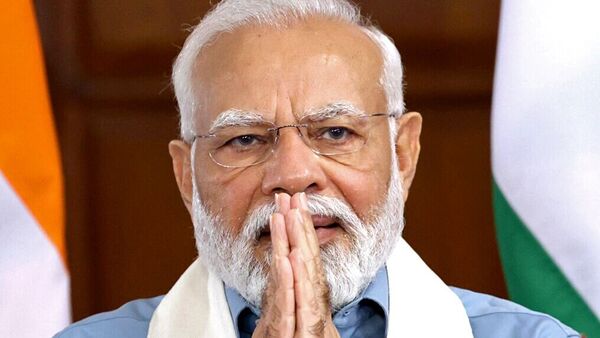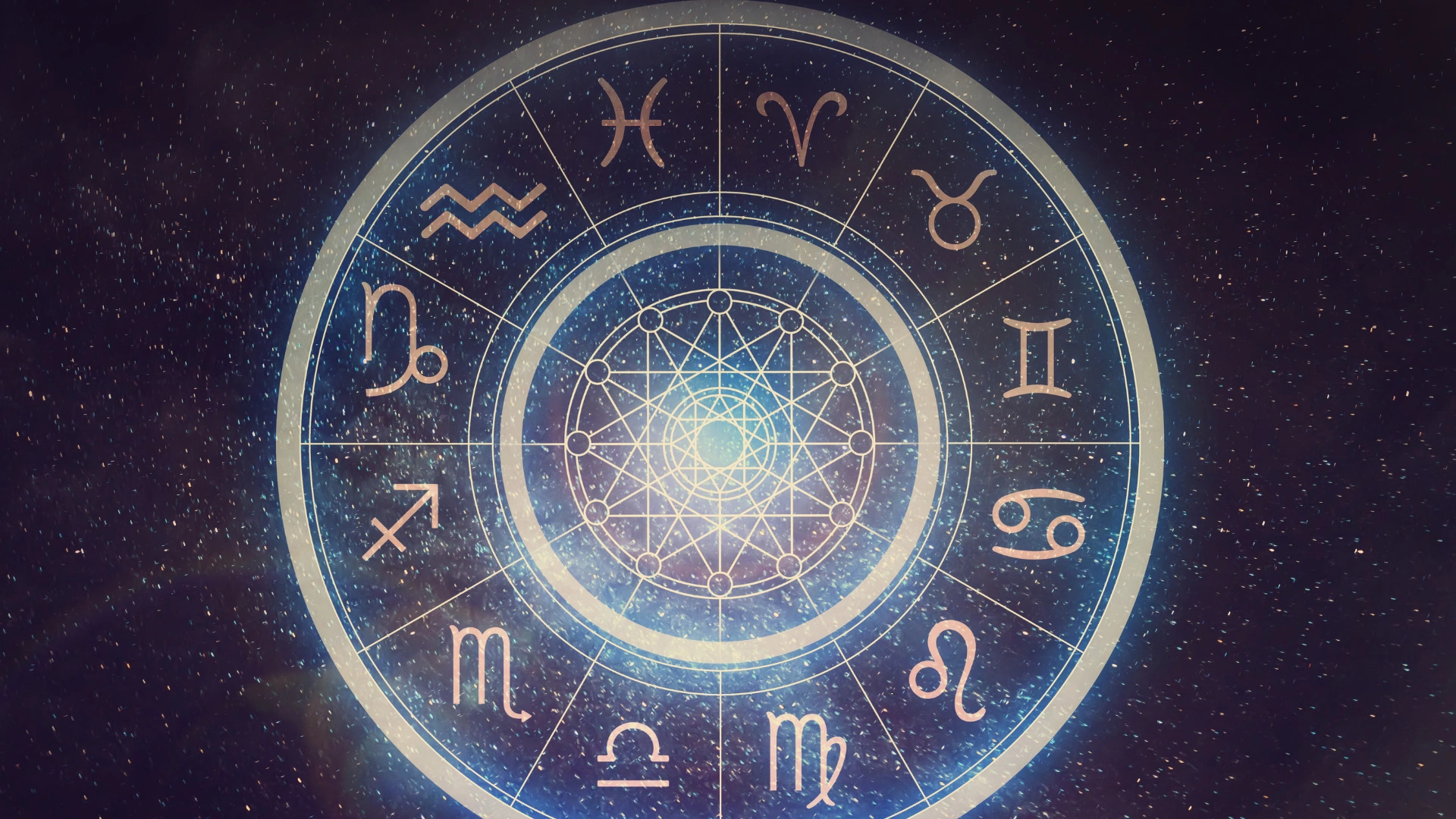Prime Minister Narendra Modi announced on Thursday that India’s inaugural domestically designed 700 MW nuclear power plant in Kakrapar, Gujarat, has commenced full-capacity operations. While the Kakrapar Atomic Power Project (KAPP) reactor initiated commercial operations on June 30, it had been operating at 90 percent capacity until now.
“India achieves another milestone. The first largest indigenous 700 MWe Kakrapar Nuclear Power Plant Unit-3 in Gujarat starts operations at full capacity. Congratulations to our scientists and engineers,” Modi said on ‘X’, formerly known as Twitter.
In Kakrapar, the Nuclear Power Corporation of India Limited (NPCIL) is constructing two 700 MW pressurized heavy water reactors (PHWRs), alongside two existing 220 MW power plants. NPCIL presently oversees the functioning of 23 commercial nuclear power reactors.
Officials have reported that numerous commissioning tasks are in progress at KAPP 4, reaching a completion rate of 97.56 percent by July. NPCIL, with intentions to construct 16 700 MW PHWRs nationwide, has purportedly received the necessary financial and administrative approvals for this endeavor.
Currently, there are ongoing nuclear power plant initiatives, each with a 700 MW capacity, situated at two sites: Rawatbhata in Rajasthan (RAPS 7 and 8) and Gorakhpur in Haryana (GHAVP 1 and 2).
The government has approved the construction of 10 domestically designed PHWRs, to be built concurrently at four different sites: Gorakhpur in Haryana, Chutka in Madhya Pradesh, Mahi Banswara in Rajasthan, and Kaiga in Karnataka.
Also Read: US President Joe Biden ‘hopeful’ of having Xi Jinping at G20 Summit in India



















